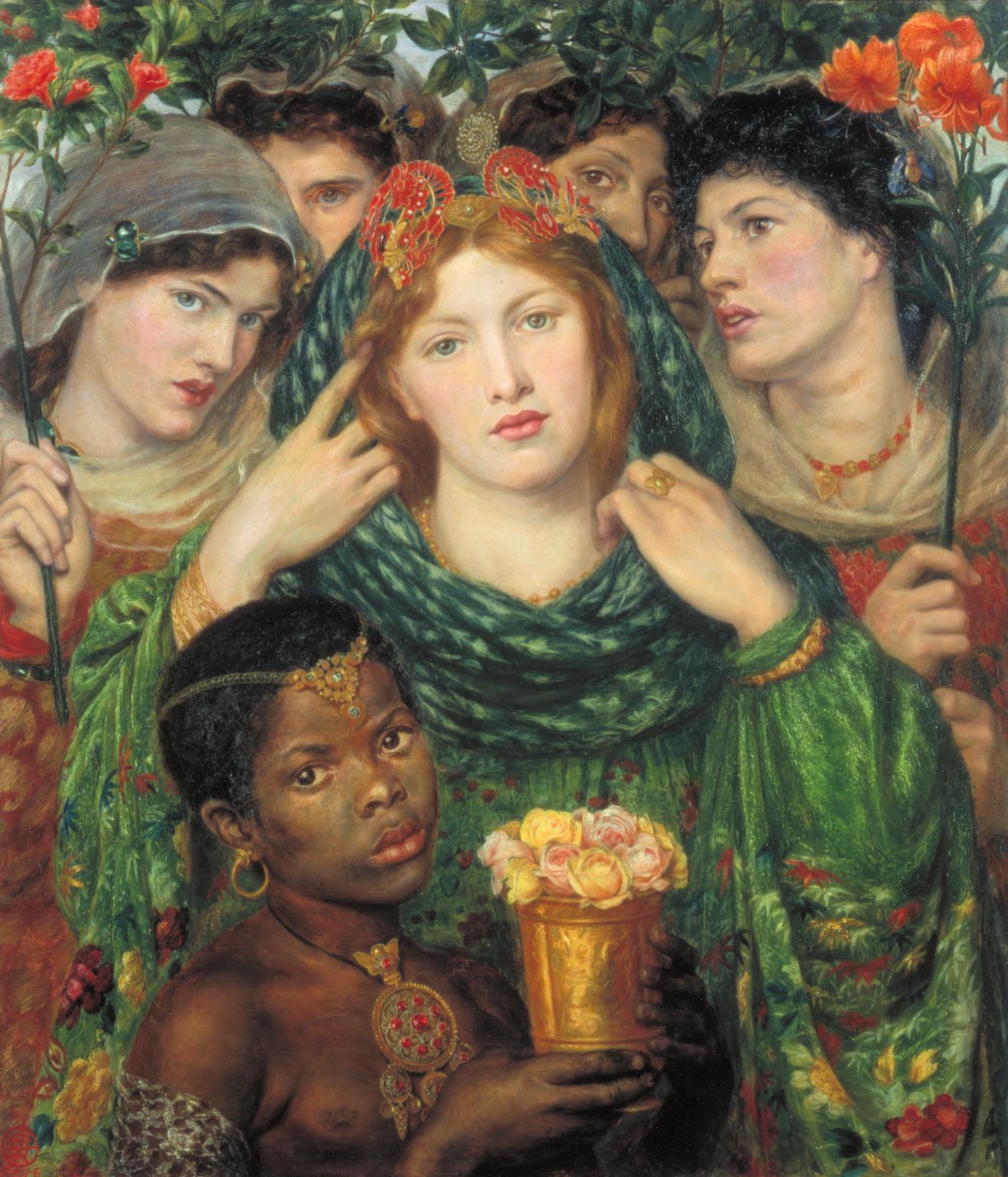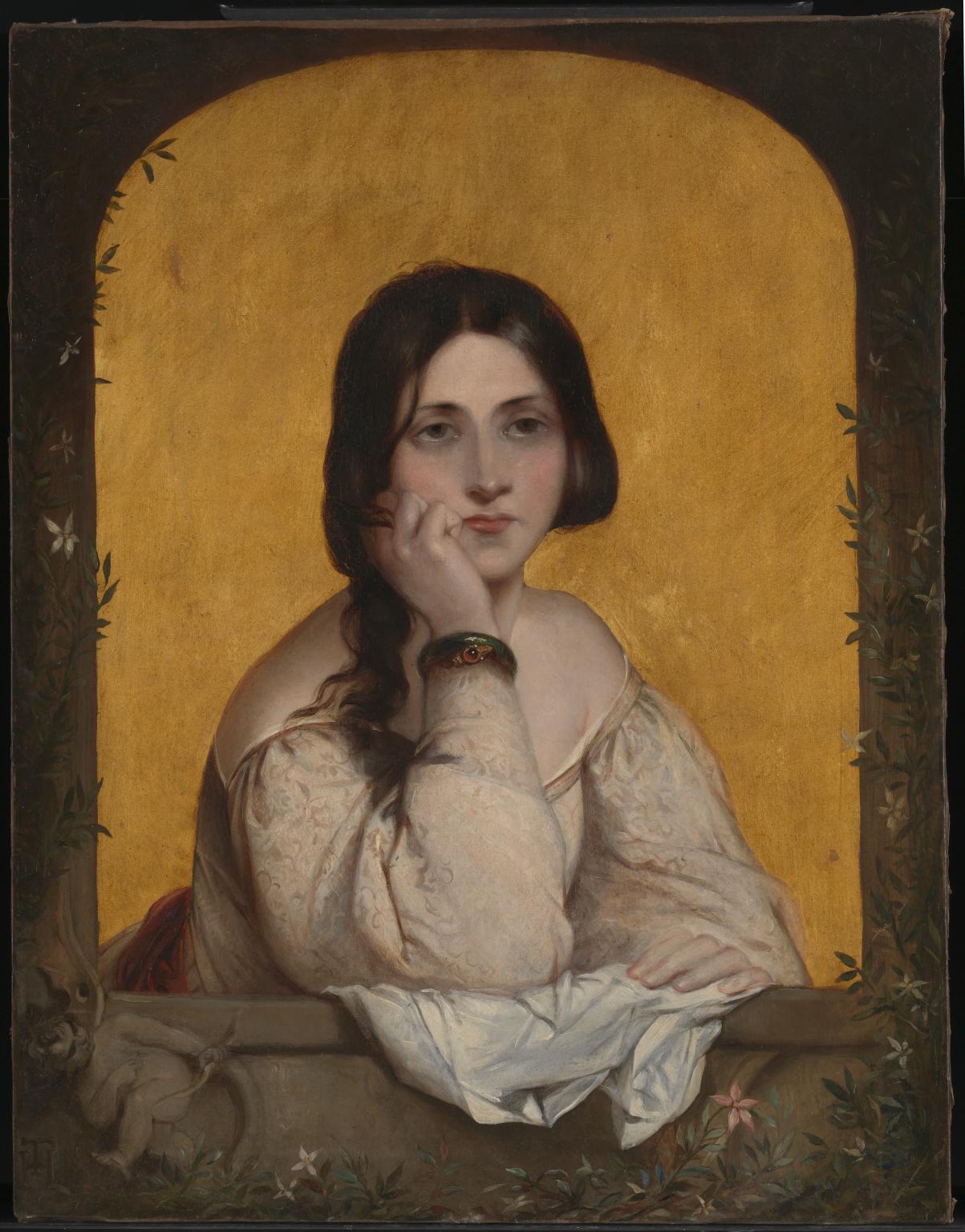
The wedding day: it’s the day all little girls dream of. But is it really? There’s a horrible cliché around women and weddings, as if we’re shoving empty pillowcases on our heads every time our partner leaves the bedroom to see how we’d look in a veil, and writing our first name with their last name over and over in our diaries.
Juno Calypso, who currently has an exhibition at TJ Boulting gallery in London, famously delves into the idea of bridal dress-up in her work. In the Honeymoon Suite series we see the bride lounging in a heart-shaped tub, slathered in beauty products and standing in white lingerie, bathed in blue light, shrouded in a veil. Interestingly, the bride appears alone (in the world of the mad-to-be-married bride, the groom or partner has very little impact, a means to an end rather than the main event) and her face is occasionally covered, the woman underneath the veil morphing into a carbon cutout of all the brides before her.

I never dreamed of getting married when I was younger—when I played make-believe as a child I was often a boy or an animal (save for a period of misplaced Tinkerbell loving), and my imagination as a teenager tended towards the depraved rather than thoughts of wedded bliss. It’s only in the last few years that I’ve wanted to get married—not just to any old person, mind, it has been a husband-to-be-specific interest—and it’s something I’ve felt highly embarrassed about expressing for fear of being seen as the nightmarish Bridezilla.
I find myself returning again to film and television in trying to trace the cause of this stereotype, as shows like Say Yes to The Dress, the rather horrifically-named My Big Fat Gypsy Wedding and positively millions of Hollywood films show women approaching wedlock with the same all-out gusto with which Bruce Bogtrotter dives into a big old chocolate cake. The partner in many of these programmes and films is just one part of the wedding booty: Big fat designer dress? Check. Bachelorette party to glamourous location? Check. Hunky man, ideally with waxed chest, white smile and ripped torso? Check.
“There’s a violence to the work, as though the faceless bride’s gown is being ripped to shreds—and we all know what the subtext is there”
This vision of women reduces us to self-centred, vacuous bimbos and it feeds back into life too—if we’re told enough times that we should want something, in the end a lot of us will. I recently read a story on New York Magazine’s The Cut about a woman who set up a fake wedding list for her and her ex-boyfriend when they were still together. Her obsessive behaviour was only discovered when he tried to create a wedding list for himself and his new partner with the same service, only to discover he was already, unknowingly registered. Perhaps the most telling part of this whole story is that he was the one who wanted to get married to his ex, and she didn’t. In this case it was the idea of the wedding and its materialist trimmings, rather than the relationship itself, that was driving her.

Of course, when wives-to-be aren’t being compared to reptilian behemoths, they tend to have the opposite label slapped upon them, that of the timid, virginal, blushing bride. As someone who blushes profusely and often (blame my 25% of Irish genes), I fear I will fall into this trap on my wedding day, though more likely due to the crowd of friends and relatives standing around gawping at me than because of my defunct virginal status. Marcel Duchamp created a powerfully eroticized vision of a woman’s journey into new wedlock in his angular tangle of white painted forms, The Passage from Virgin to Bride. There’s a violence to the work, as though the faceless bride’s gown is being ripped to shreds—and we all know what the subtext is there.
Like in Calypso’s work, the majority of art-historical paintings show the bride alone, or occasionally surrounded by a gaggle of fellow virgins—see Dante Gabriel Rossetti’s sumptuous 1860s painting, The Beloved (‘The Bride’). She often looks longingly off into the distance, or stares limply at the viewer, all dolled up and about to be carted off into a new life, likely not of her choosing. Theodor von Holst’s sad bride leans her face on one hand; the artist took inspiration from Percy Bysshe Shelley’s 1821 poem “Ginevra”, which is about a Florentine girl forced into wedlock with an older nobleman. A century later, Arthur Boyd’s Bride Drinking from a Creek depicts a woman face down in a dank body of water, her veil floating high above her head and her arms outstretched.

The misery doesn’t just stop on the wedding day for many painters. In another of Rossetti’s paintings he depicts Prosperine, who became chained to Pluto in unhappy wedlock. In an extra twist, the model for the painting was Jane Morris, discontented wife of William, who allegedly turned to Rossetti for comfort during their decades-long affair. As I scroll through painted image after painted image of miserable-looking brides, lacking any sort of control over their own destiny, I feel as though the Bridezilla may be some form of historical revenge, a way to relish and dictate a day that is finally about the woman’s enjoyment rather than just her presence.
While I may laugh at these stereotypes, as I write this I’m also fielding texts from my partner asking how many blow-dries our hairdresser needs to plan for on the morning of the wedding. Five, I text back. And can we please make sure that mine is the BIGGEST.




